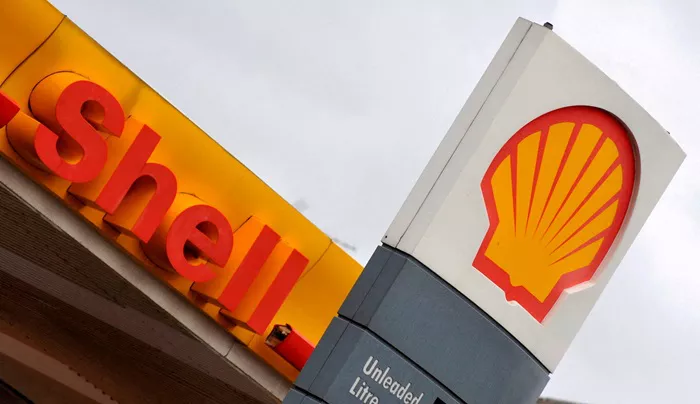Shell, the world’s largest liquefied natural gas (LNG) trader, announced plans to add 12 million tons of LNG capacity by the end of this decade through projects currently under development, a senior company executive revealed on Wednesday.
“We expect up to 12 million tons of additional LNG capacity between now and 2030,” said Cederic Cremers, President of Integrated Gas at Shell, during Wood Mackenzie’s Gas, LNG & The Future of Energy 2025 conference in London.
This new capacity will stem from ongoing projects in Canada, Qatar, Nigeria, and the United Arab Emirates, Cremers explained. Shell, which delivered 65 million tons of LNG to more than 30 countries last year, is also expanding through third-party agreements, acquisitions, and joint ventures in LNG ventures worldwide.
Among its key partnerships, Shell holds stakes in QatarEnergy’s North Field expansion—the largest natural gas field globally, shared between Qatar and Iran. Additionally, Shell operates the LNG Canada project in Kitimat, British Columbia, where the facility has recently received its first liquefied gas cargo for equipment testing ahead of its scheduled completion later this year. LNG Canada is the country’s inaugural export project for superchilled gas, targeting Asian markets as the primary demand source.
To strengthen its gas trading capabilities, Shell recently acquired Pavilion Energy, a Singapore-based LNG trading firm.
Shell’s annual LNG report published earlier this year projects global LNG demand will soar by 60% through 2040, driven primarily by Asia’s economic growth. Other significant factors contributing to rising LNG consumption include efforts to reduce emissions in heavy industry and transportation, as well as increased power demand fueled by advances in artificial intelligence (AI).
With its strategic expansions and acquisitions, Shell aims to maintain its leadership position amid the evolving energy landscape and accelerating demand for cleaner fuel alternatives.


